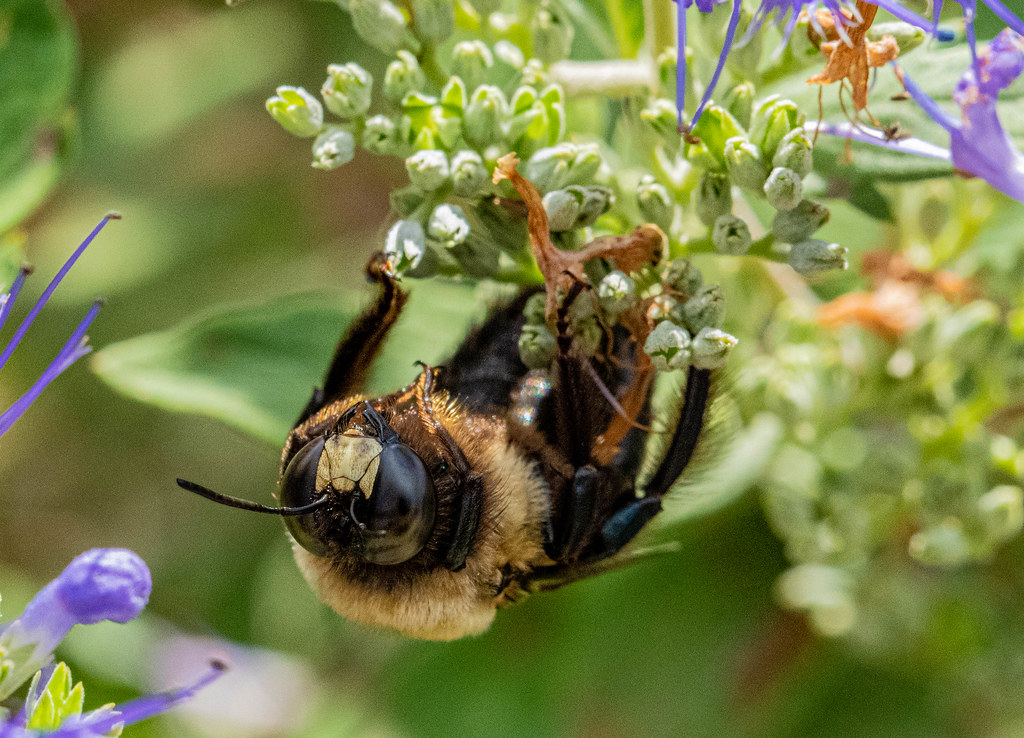
Before the pandemic hit, I had already been considering some pretty significant life changes. Several years ago, I thought I wanted to travel the world and take photographs of critically endangered species and, since I couldn’t afford to do so, I satisfied myself with going to zoos.
That started to change several years ago. I went to Nicaragua to see the hawksbill turtles, which was awesome, though the rest of Nicaragua was not. Later, I went to Africa twice – once to see the gorillas and once to see the lemurs in Madagascar. It changed further when I attempted and failed to go to Antarctica – foiled by unaddressed economic externalities in the tourism industry. After that trip, I thought that maybe I just needed some lighter travel and started planning a trip to Australia to see the outback before it dried up … then the continent caught fire, killing billions of animals.
That’s when I thought that maybe I’d spend this summer visiting some of the wild spaces closer to home … and the pandemic just closed the Minnesota border waters and it looks like a lot of countries will remain closed to me due to the disastrous pandemic response here in the U.S. – to my hoped for trip to Costa Rica is also going to be indefinitely delayed.
As I think about what the future holds, I feel like I am being pushed about 30 years forward in my life plan. There’s little point in traveling to see critically endangered species when the animals are less and less likely to even be there. A lot of zoos are not going to survive the pandemic – costs remaining fairly flat (have to feed the animals and maintain care) while income plummets to zero – so a lot of what I want to see there I’ve largely already done. More locally, natural areas are being sold off and destroyed in the name of industry – a process which seems likely to accelerate during the inevitable economic contraction during which each country “socially distances” from their global trading partners, distrusting the supply chains which were already fraying badly in the pre-pandemic times.
I feel that there is little point in traveling to distant places, increasing my own carbon footprint, just to see stark poverty, driven by the same wealth inequity that makes such travel possible, and tiny slices of once vast forests that can only be reached by traveling through wide swaths of environmental devastation, in the hopes of seeing what will likely be the last generation of a single species whose mating calls turn to painful laments.
I have about a year’s worth of photographs left to process, including Madagascar, and after that, I think I am done with that phase of my life. I still have dreams about visiting zoos and far off travel, but I have realized that what I truly want is to visit those places and take photographs as they were prior to the so-called great age of discovery – in which technology and hubris allowed rich Europeans to take great joy in learning about the world as they proceeded to methodically destroy the very things they loved. That will never happen for me.
So I write this to explain that, as I get through the current backlog, expect my photos to change. With luck, you’ll see things like this, images of what wildlife I can see as I live a smaller life, closer to home, restricted by global politics, economics, and the fact that world I want to see is pulled, ever faster, into the unreachable past – though on my darker days, I suspect that even photographs like this will become a rarity, backyard wildlife suffering the same fate as those from the former great wilderness – tenuously hanging on in small preserves as the same economic forces that drive people to protest against their own health chew up the rest of the world so the Dow can continue to rise.
I’ve already seen and photographed a lot more than many get to. Maybe it’s time to try to be content with that.